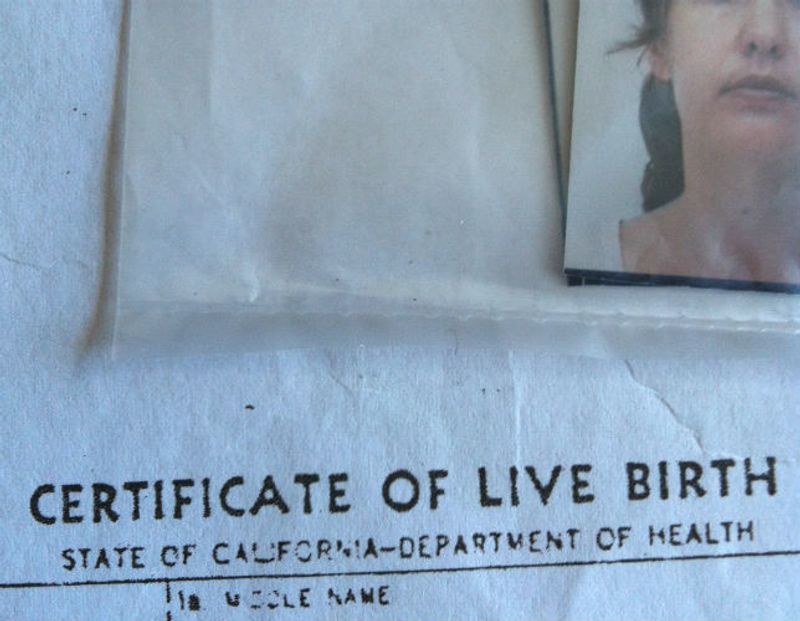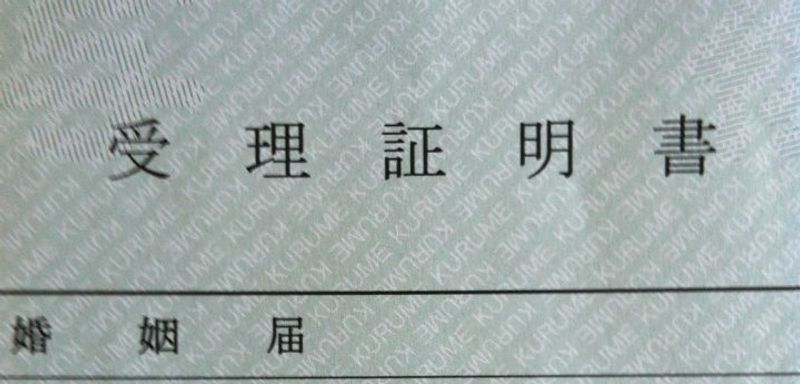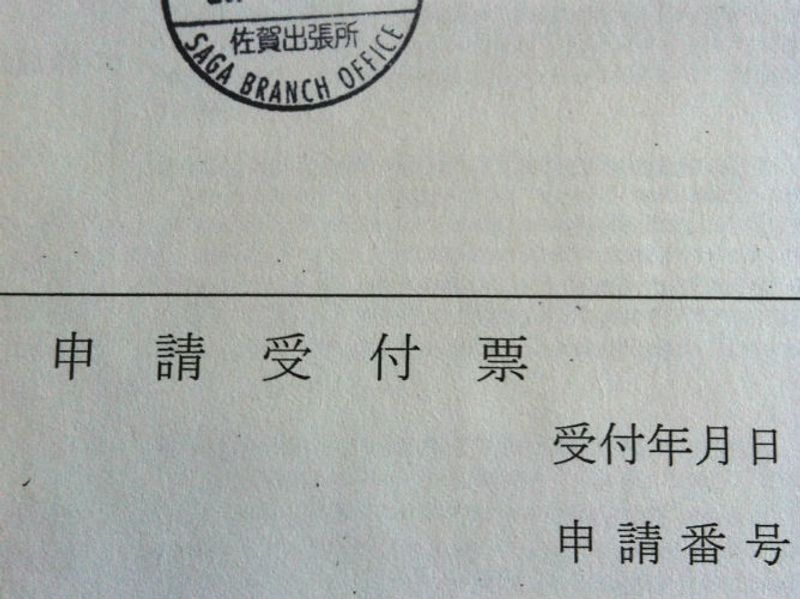Jul 6, 2016
Getting a Spouse of National Visa in Japan / 配偶者ビサ

(My husband and I were already planning to get married a few weeks later when we were advised to apply for the Spouse of National Visa for me, asap. Let’s just say we’d like to avoid any Imperial entanglements, if you know what I mean. We then had less than two weeks to complete a process which people advise to allow Three Months for.)
I advise at least three months to prepare for applying for the Spouse of National Visa.

The first step to getting a spouse visa in Japan is getting married to a Japanese person.
(Only do this if you want to get married to that Japanese person. Don’t get married because you want a visa. That’s evil.)
FIRST: Check with Your City in Japan and Your Country’s requirements before you prepare anything.
As a US citizen, I needed to prepare a “Single Affidavit for Marriage” and my official birth certificate, as well as bring our 婚姻届 (marriage form), my passport and 在留カード (gaijin card).
1. The Affidavit
This is fairly straightforward – just a form with your info, parents’ names, and statement that you are either divorced or have never been married. It must be notarized by an official at a US Consulate or Embassy. I almost didn’t bring the Japanese translation with me, but the consulate stamped something and signed that as well, so good thing I brought it.
I made an appointment at the nearest US Consulate. The earliest appointment I could make was about a month later, but after checking the site again, an earlier appointment opened up and I was able to change it.
I showed up to my appointment with the affidavit form in English and the translation in Japanese, and prepared to pay with credit card, US dollars, and yen. The notarization fee was $50.
2. The Official Birth Certificate
I heard it depends on your city if they require it or not. I found out at the last minute that I needed this and unfortunately a scan was not acceptable.
It looked like a total pain in the buns to order one. (This might be easier in some states.) Thankfully my mom had a couple copies somewhere, so she sent those.
I translated the birth certificate to Japanese and in the end, because we mentioned it’s hard to get birth certificates, the nice city hall employees let me sign a copy of the original so I could keep it. Most of the time they will keep it.
3. 婚姻届 (Marriage Form)
The husband got a 婚姻届 (Marriage Form) at the city hall for us to fill out, sent it to his parents to sign as witnesses, then they sent it back and we were ready.
Note: as a foreign woman who married a Japanese man, I can’t change my name. It’s not allowed for the foreigner to change her family name on his family register. We were disappointed by this, but I think it would be possible to use his name on IDs if we got married in the US first (and maybe if we change my name in the US after proving I got married in Japan). If my passport and IDs already had his family name on them, then maybe the family register would still use Alphabet or katakana for his name.
Getting married at the city hall was super anti-climactic. No one even said congratulations. More like, you still need to fill out these forms so wait at the next window.
We got a form saying he is the head of the household that day, but had to wait 3-4 business days to get A.) His new 戸籍謄本 (family register), and B.) 婚姻届受理証明書 (A Marriage Certificate).

The second step to getting a spouse visa in Japan is lots and lots of paperwork.
Fortunately for me, the husband did almost all of this. All of it needs to be submitted in Japanese, meaning he primarily did the writing and I did everything else possible to help. He worked on it for hours a day for at least a week.
1. Marriage Certificate / 婚姻届受理証明書
2. Application Form (has English translations but to be filled out in Japanese; attach ID photo)
3. Question Form (Including statement of history as a couple)
4. Photos and other evidence
5. Passport and ID Card (to be copied and returned to you that day)
Take these to the 入国管理局 (Immigration office), along with any other documents you might possibly be asked for. When you submit the application, it’s safe to include evidence of anything mentioned in the history of the relationship section (proof of income and tax payments, emails, etc.) to avoid slowing down the process or potential interviews.
Tip: Do Not go to the biggest, most crowded, most foreigner saturated area immigration office near your house. There is probably more than one office you can choose to go to. We went to the slightly closer and more rural area office in Saga City, and there was literally No One there waiting, only five staff, and we were outta there in thirty minutes. The officer who helped us was super friendly and positive. We think this is because that area has a low incidence of fraud compared with the immigration offices in big cities.
For the non-identification items, they will keep everything, so make sure you have a scan/other copies.
You will write your address on a postcard which will be sent to you when you should return to get your results. You will also get a receipt showing the application was submitted and a stamp on the back of your ID card.

Good luck!
Now go out and celebrate. Treat your partner for all their hard work preparing the materials.



3 Comments
KpQuePasa
on Jul 6
Congratulations! I've found it's never not a process of paperwork with anything here, but I hope you get some time to celebrate and treat yourselves to a little honey-moon time!
KamaT
on Jul 6
Yey! Congrats. Nice that it's all done, eh? Well done. In and out of immigration in 30 mins? Sounds like the stuff of dreams.
helloalissa
on Jul 7
@Tomuu Right? We were pleasantly surprised about the tiny immigration office. The key is go to the Branch office in the smallest town possible, although this theory might not make a difference in areas like Tokyo & Osaka.